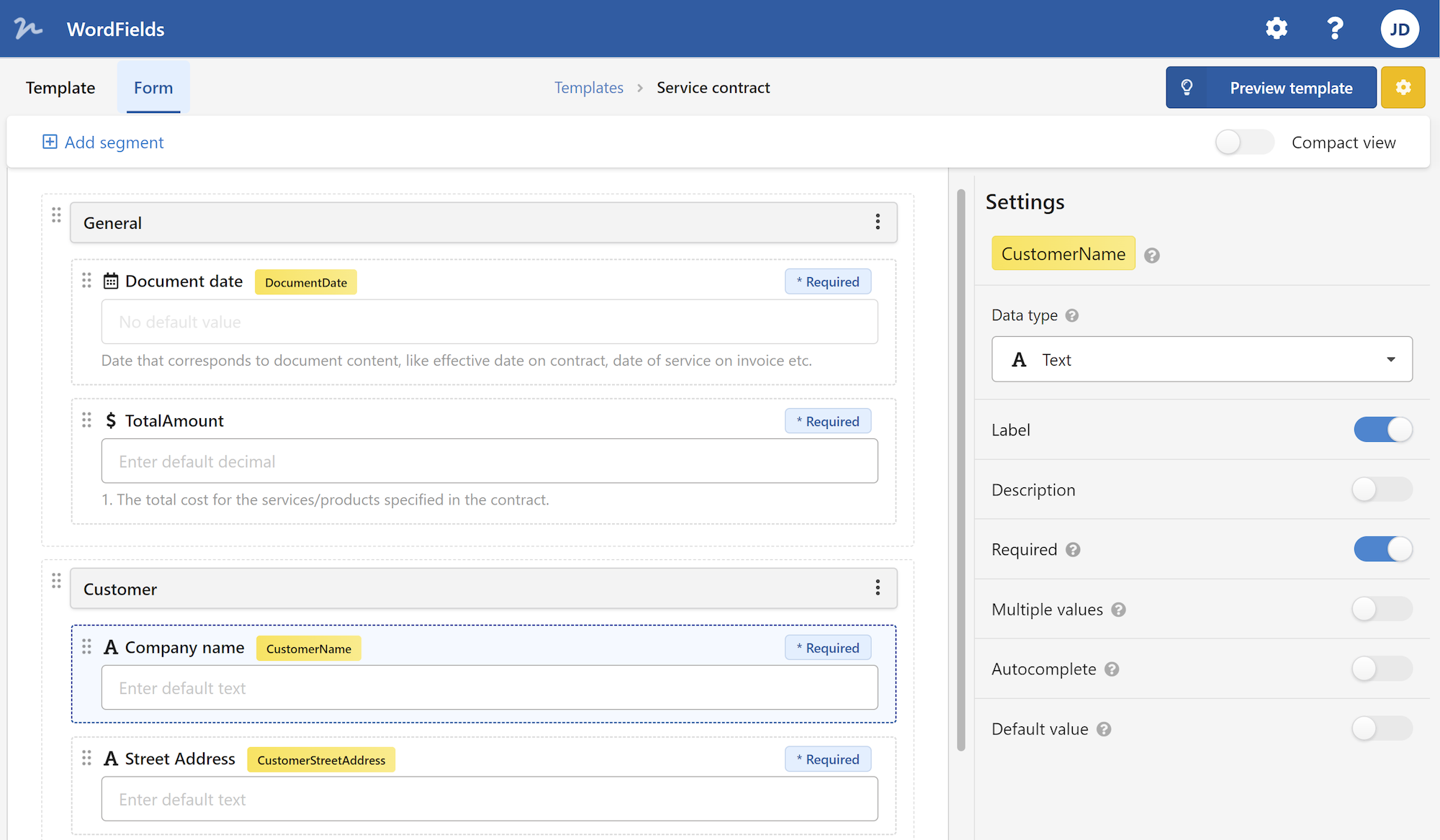
Taking effective meeting notes is a crucial skill for professionals in any field. Whether you're a project manager, a team leader, or a participant in meetings, having a well-structured meeting notes template can greatly enhance your productivity and improve communication within your team. In this article, we will explore the importance of meeting notes and provide you with a comprehensive meeting notes template that you can use in your next meeting.
Why are Meeting Notes Important?
Meetings are an essential part of any organization's workflow. They serve as a platform for discussions, decision-making, and brainstorming. However, without proper documentation, the valuable insights and action items discussed during the meeting can easily be forgotten or overlooked.
This is where meeting notes come into play. They serve as a record of what was discussed, the decisions made, and the tasks assigned during the meeting. Meeting notes ensure that everyone is on the same page, provide a reference for future discussions, and help monitor progress and accountability.
The Components of a Meeting Notes
Meeting Details: Start your meeting notes template by including the basic details such as the meeting date, time, location, and attendees. This provides context and makes it easier to reference the specific meeting in the future.
Agenda: A clear and well-defined agenda is essential for productive meetings. Include a section in your template where you can outline the topics to be discussed. This helps to keep the discussion focused and ensures that all important points are covered.
Discussion Summary: This section is the heart of your meeting notes template. It should capture a concise summary of the key points discussed during the meeting. Use bullet points or numbered lists to clearly delineate each topic and its corresponding discussion points.
Decisions Made: Record any decisions that were reached during the meeting. Include the details of the decision, the rationale behind it, and any action items that result from it. This section serves as a reference for follow-up actions and ensures that decisions are properly documented.
Action Items: List any tasks or action points that were assigned during the meeting. Include the responsible person's name, a brief description of the task, and the deadline for completion. This helps to track progress and ensures that everyone knows their responsibilities.
Next Steps: In this section, outline the next steps to be taken after the meeting adjourns. This can include reminders, deadlines, or any additional information that needs to be communicated.
Attachments: If there were any supporting documents or presentations discussed during the meeting, mention them in this section. This helps to organize and keep track of additional materials related to the meeting.
Tips for Using a Meeting Notes Template Effectively
Be a good listener: Actively listen during the meeting to ensure accurate notes. Pay attention to details and ask for clarification if needed.
Keep it concise: Use bullet points or short sentences to capture the main points discussed. Avoid verbatim transcription unless it is necessary for clarification.
Use active voice: Write your meeting notes in active voice to make them more engaging and easier to understand. For example, write "We decided to implement the new marketing strategy" instead of "The new marketing strategy was decided to be implemented."
Review and share: After the meeting, review your meeting notes for accuracy and completeness. Share the notes with the attendees and relevant stakeholders to facilitate further discussion and follow-up actions.
Customize your template: Tailor your meeting notes template to suit the specific needs of your organization or team. Add or remove sections as necessary to make it more relevant and effective.
Meeting Notes Example
Here is an example of meeting notes you can reuse:
Meeting Notes
Meeting Date: _______
Meeting Time: _______
Meeting Location: _______
Attendees: _______
Absentees: _______
1. Meeting Agenda:
a. Agenda Item 1:
b. Agenda Item 2:
c. Agenda Item 3:
2. Meeting Discussion:
a. Discussion on Agenda Item 1:
- Key points discussed
- Action Items
- Responsible Person(s)
- Deadline
b. Discussion on Agenda Item 2:
- Key points discussed
- Action Items
- Responsible Person(s)
- Deadline
c. Discussion on Agenda Item 3:
- Key points discussed
- Action Items
- Responsible Person(s)
- Deadline
3. Other Business (If Any):
a. Other Discussion 1:
b. Other Discussion 2:
4. Next Steps/ Follow-Ups:
a. Action Item 1:
- Responsible Person(s)
- Deadline
b. Action Item 2:
- Responsible Person(s)
- Deadline
5. Next Meeting Information:
a. Proposed Date and Time:
b. Proposed Location:
c. Proposed Agenda:
Meeting Adjourned At: _______
Meeting Notes Prepared By: _______
Meeting Notes Approved By: _______
Attachments (If any): _______
Conclusion
Effective meeting notes are essential for collaboration, accountability, and progress tracking. By using a well-structured meeting notes template, you can ensure that all important discussions, decisions, and action items are properly documented. Remember to actively listen, keep your notes concise, and share them with the relevant parties. With the right approach and tools, you can make your meetings more productive and achieve better outcomes.
 WordFields
WordFields
